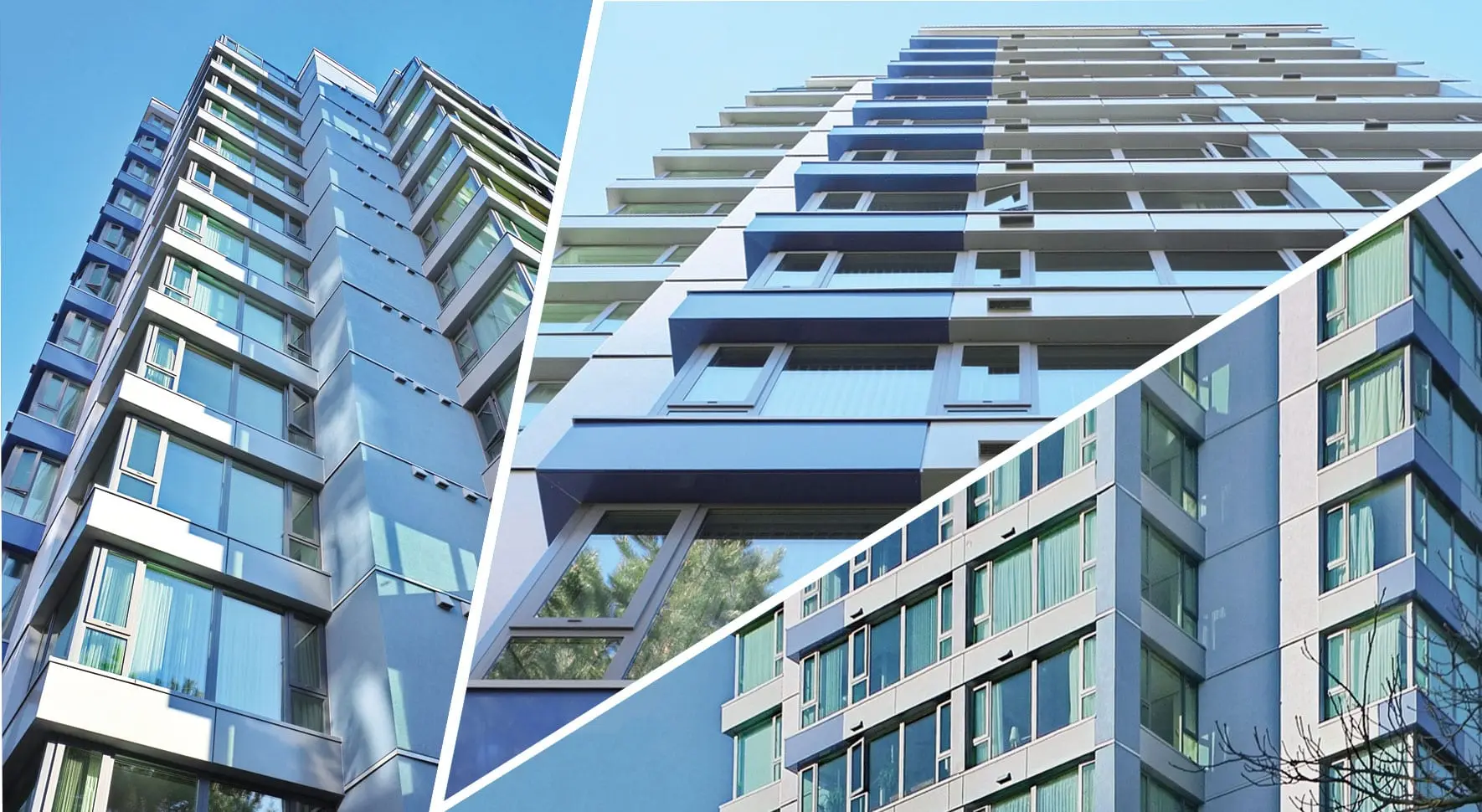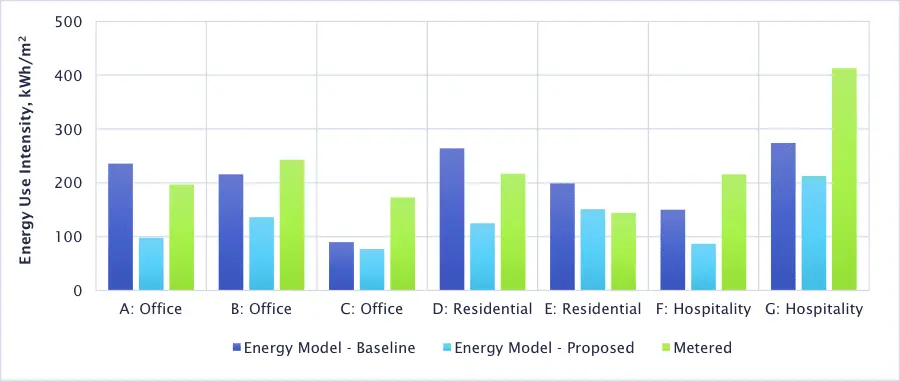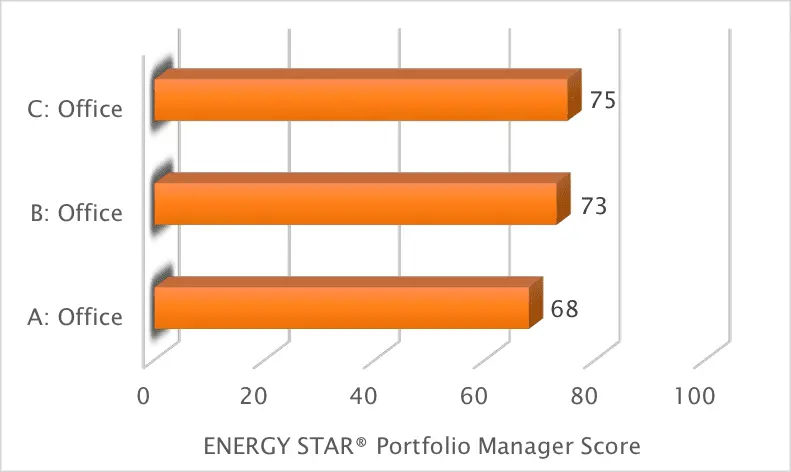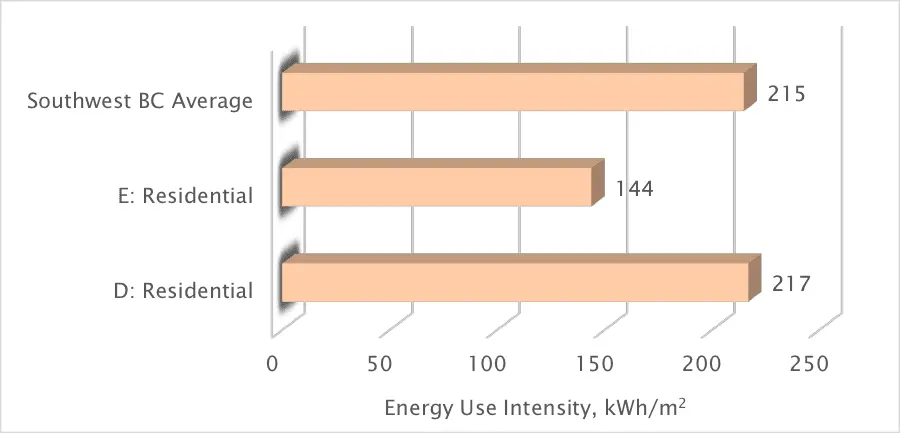Energy-efficient design in new and existing buildings is helping North Americans reduce the carbon footprint of our communities and cut energy bills. A key element in achieving energy efficiency is to measure and verify energy savings and emissions reductions, ensuring that high-performance buildings continue to perform: enter RDH.
In 2013 RDH was retained by an electrical utility to undertake a two-part study focused on the measurement and verification of energy savings in a sample of residential, community, commercial and mixed-use buildings, all of which were designed as high-performance developments and constructed within the last ten years.
Based on key findings and lessons learned from our work, this four-part blog series explores the topic of high-performance buildings, how we measure their energy efficiency, and how we can ensure buildings achieve their performance goals during operations.
In Part 1, we explore the measured performance of a handful of recent high-performance buildings. Parts 2, 3, and 4 will dig deeper into how performance can vary from the design or energy model, and how building developers, designers, owners, and managers can ensure their buildings perform at their best.
Measuring Building Energy Consumption
The first phase of our study focused on reviewing the measured energy use of the sampled buildings using energy bill analysis and benchmarking.
Energy modelling during the design stage has become a common practice in new construction, allowing building designers, owners, and developers to assess the building’s energy use compared to a performance standard, based on a set of assumptions, characteristics, and design specifications.
We often talk about the modelled energy performance of a new building design as a percent better than a reference standard, like ASHRAE 90.1 or, in Canada, the National Energy Code for Buildings. In the world of high-performance buildings, we also commonly talk about the metric of energy use intensity (EUI). Calculated as the energy consumption per unit of conditioned building floor area (kWh/m2 or kbtu/sf), EUI expresses a building’s energy use as a function of its size, making it a valuable metric particularly when looking to compare the energy use of multiple buildings of similar design and use.
Comparative Versus Predictive
While these pre-construction energy models are an important tool to evaluate potential energy savings under various design scenarios, most pre-construction models and their accompanying EUIs are comparative in nature and do not predict consumption in operations.
Such models often fail to reflect actual building use and consumption as they do not assume realistic operating conditions. The scope of an energy modelling study may be limited to certain aspects of the building’s design, or details on how the building will be used may simply not be known at the time of design.
For these reasons, EUIs for pre-construction energy models tell us how much energy a building will use based on a set of theoretical assumptions and operating conditions, but not necessarily how much energy a building will actually consume based on occupants’ use of the building.
Measured EUIs
The comparative rather than predictive nature of pre-construction energy modelling becomes exceptionally clear when you examine the actual energy consumption of a building from its energy bills and compare this measured EUI to the modelled EUI.
The graphs below show three different EUIs for nine developments assessed in our study, all constructed between 2005 and 2011:
- The baseline EUI that was modelled at the time of design, typically based on ASHRAE 90.1-2004 or Canada’s Model National Energy Code for Buildings (MNECB, 1997)
- The proposed EUI, also modelled during the design phase, based on the project’s design, including several energy conservation measures
- The measured EUI, calculated from energy consumption metered by the utilities and adjusted for weather (“weather normalized”) where appropriate
As you can see, the modelled EUIs and the measured EUIs vary greatly. Of the 7 projects presented, we see that 6 were found to have measured EUIs exceeding their proposed EUI; 4 of these also exceeded their baseline EUI. Only one project had a lower EUI than the modelled performance.
There are many reasons for the differences between modelled and metered consumption here, and we’ll explore this further in our next post. The key takeaway; however, is that it’s important to look at measured energy consumption before we judge a building based on its EUI.
Benchmarking
In addition to EUIs, the energy efficiency of a building can be compared to its peers using the ENERGY STAR® Portfolio Manager score. Building upon EUIs, which do not provide an inherent comparison, an ENERGY STAR score indicates a building’s energy consumption relative to to similar buildings across Canada or the United States. Taking into consideration a building’s measured energy consumption, occupancy types, climate, plug loads, and other factors, a score is provided on a scale of 1 to 100 with a score of 50 representing the median energy performance for a building with similar occupancy. Buildings with scores above 75 land in the top quartile and may be eligible for ENERGY STAR certification in the United States.
ENERGY STAR scores for the office buildings examined in the RDH study are shown below. All three performed in the top half of office buildings across Canada, though only one made it to the top quartile.
While ENERGY STAR scores are not yet available for residential buildings in Canada, previous research completed by RDH, including a study of energy consumption and conservation in mid- and high-rise buildings in British Columbia, provides us with an average measured EUI for condominiums located in the Southwestern British Columbia. This average EUI is shown in the chart below as compared to the measured EUIs for the two residential developments included in the sample. One development performed very close to average, while the second development performed significantly better than average.
The benefits of benchmarking, whether through ENERGY STAR scores or other comparative methods such as average EUIs, are twofold: first and foremost we are able to look at the building’s actual energy performance, and second, we are able to compare this measured consumption to its peers, considering weather, space use, and other factors.
Why This Matters
While modelling is a good starting point when looking to compare options for energy efficient buildings, we need to recognize that modelled EUIs don’t always reflect actual consumption. Modelling that does not reflect actual energy consumption could lead to the mislabelling of buildings as being “high-performance” when they may in fact have higher than average energy consumption compared to similar building types.
This is why measured EUIs and benchmarking of buildings in operation are so important to understanding which buildings truly are “high performing”. It is only through actual consumption and comparison to peers that we can advance our understanding of energy efficient buildings, make sure we’re getting it right, and recognize buildings that really perform.
But EUIs and benchmarking still don’t give us the full picture. To truly advance our understanding of high-performance buildings, we need to find out why a building is yielding the measured EUI that it is, and why the modelled EUI and measured EUI are different—whether for the better, or the worse. Since most modelling is intended to predict savings, how are we doing at this?
In our next blog post, we’ll explore phase 2 of the RDH study, tackling the question of “why?” and shedding light on the lessons we can learn when we dig a little deeper into measured consumption.



